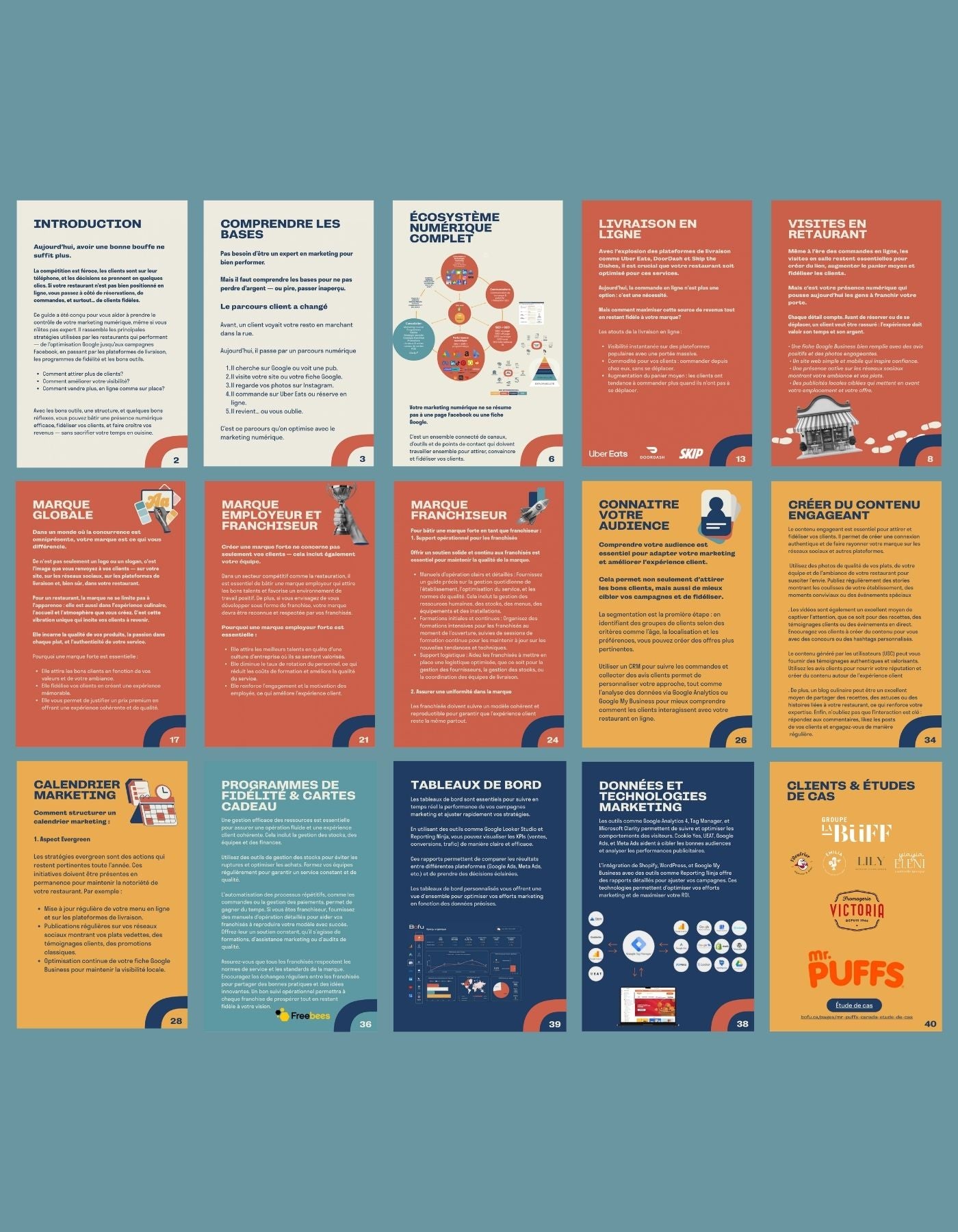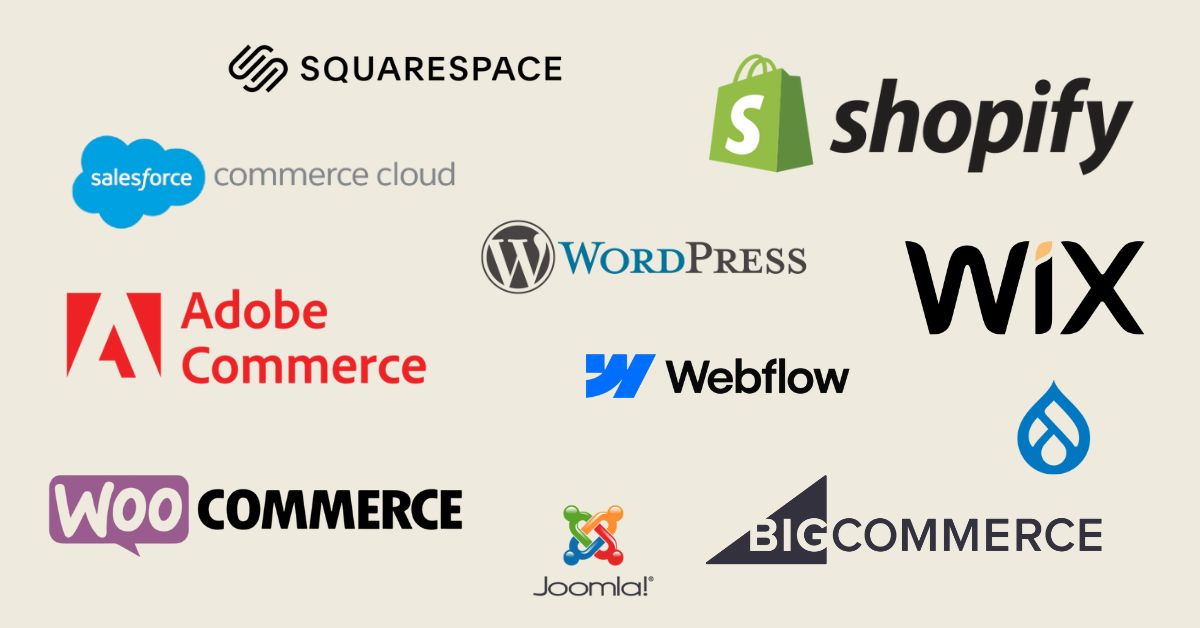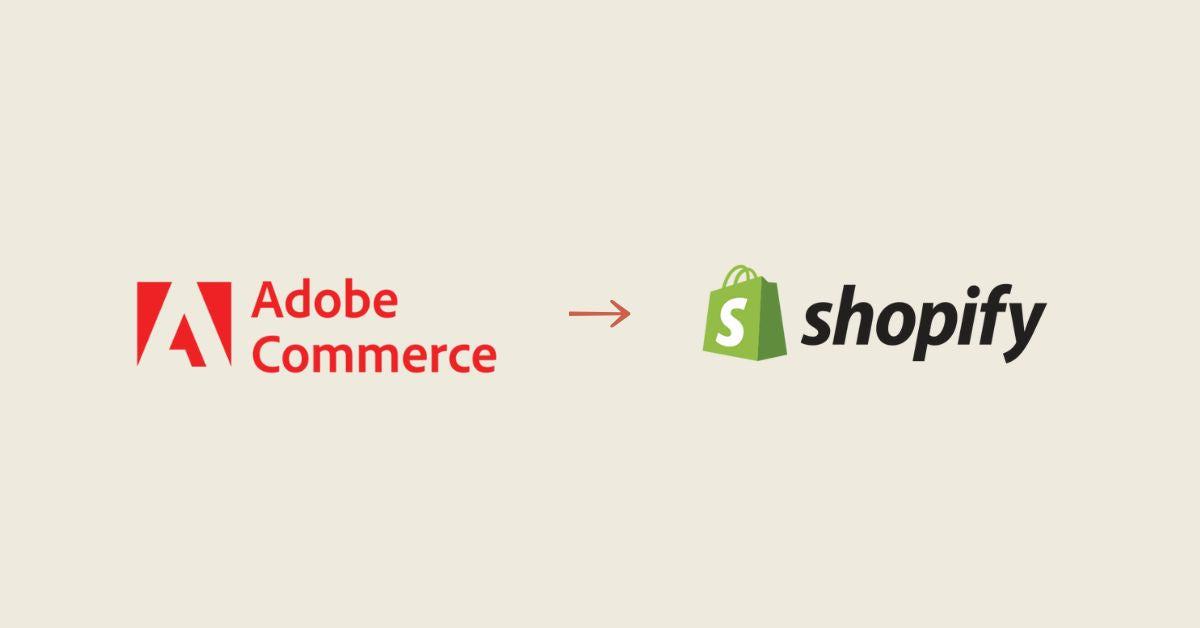Successful marketing for restaurants and franchisors relies on a deep understanding of their audience. Here's how to achieve it.
Target Market Identification
The first step is to identify your target market. Use surveys and sales data analysis to determine demographic and psychographic characteristics. For example, a sushi restaurant might target a young, urban, and health-conscious audience. Observing consumer trends and habits can also reveal untapped market opportunities.
Customer Preference Analysis
Understanding your customers' wants and needs is crucial. Collect data through satisfaction surveys, social media reviews, and order analysis. This information can inform your menu and service choices. For example, a growing demand for gluten-free options may justify their inclusion on the menu.
Use of Customer Data for Personalized Marketing
Customer data is a goldmine for targeted marketing. Create promotions based on order history to increase loyalty. Data analytics tools make it easier to segment your audience and develop personalized campaigns, such as marketing emails for special events.
Target Audience Communication Strategies
Develop communication strategies tailored to your audience. Use platforms like Instagram to reach a younger audience or Facebook for a broader audience. Be sure to tailor content for each platform to maximize engagement.
Adapt the Offer to the Customer's Needs
Adapting your offering is essential. Meet customer expectations with seasonal menu changes and special services like delivery or online ordering.
Understanding and Knowing Your Competition
Finally, assess your direct and indirect competitors. Analyze their offerings, marketing strategies, and performance. Use competitive analysis tools to identify gaps in their approach and leverage them to your advantage.
Creating Personas and Using Web and Delivery Data
Persona Creation Exercise
Creating personas is a fundamental step in understanding your audience. A persona is a semi-fictional profile representing a segment of your customer base. To create it, combine the demographic and psychographic information you've collected. For example, for a sushi restaurant targeting a young, urban audience, the persona might be "Emma, 28, urban professional, health-conscious, sushi lover, and active on social media." This exercise helps humanize and clarify your marketing approach.
Use of Website Data
Your website data is crucial for understanding customer behavior. Analyze visitor statistics, top pages, and conversion rates. Tools like Google Analytics can help you identify where your visitors are coming from, which pages they view, and how long they spend on your site. This analysis reveals your customers' interests and preferences, helping you adjust your online content.
Leveraging Delivery Platforms
Delivery platforms offer a wealth of information about customer preferences. Analyze order data to identify popular dishes, peak times, and ordering habits. This information can be used to tailor your offerings and create targeted promotions. For example, if you notice a high demand for vegetarian dishes on Monday nights, consider special "Green Monday" promotions.
Other Relevant Data Sources
Don't forget other data sources such as online customer reviews, social media interactions, and feedback received directly in restaurants. This qualitative data is invaluable for refining your understanding of your customers' expectations and preferences.
By combining persona creation with in-depth analysis of data available from your website, delivery platforms, and other sources, you can develop a more targeted and effective marketing strategy, ensuring a better connection with your audience and a significant competitive advantage.
Conclusion: Getting the Most Out of Your Marketing Strategy
In conclusion, a thorough understanding of your audience is the key to a successful marketing strategy for restaurants and franchisors. Every step, from identifying your target market to analyzing customer preferences, plays a crucial role in building a strong and engaging relationship with your customers.
Creating personas enriches this understanding, allowing you to visualize and target your campaigns to specific segments of your audience. Judicious use of data from your website and delivery platforms provides valuable insights, helping you further personalize your offers and marketing messages.
Remember that the restaurant industry is constantly evolving. Therefore, adaptability and continuous updating of your marketing strategy are essential. By staying in tune with your customers' needs and preferences, regularly analyzing available data, and remaining competitive, you can not only meet your customers' expectations but also exceed them.
Ultimately, the goal is to create a memorable and personalized customer experience that encourages loyalty and drives business growth. With the right tools and strategies in place, your restaurant or franchise can thrive in the dynamic landscape of modern food service.
Whether you're an independent restaurant or a growing chain, a specialized restaurant marketing agency can help you structure your campaigns and maximize your return on investment.

















